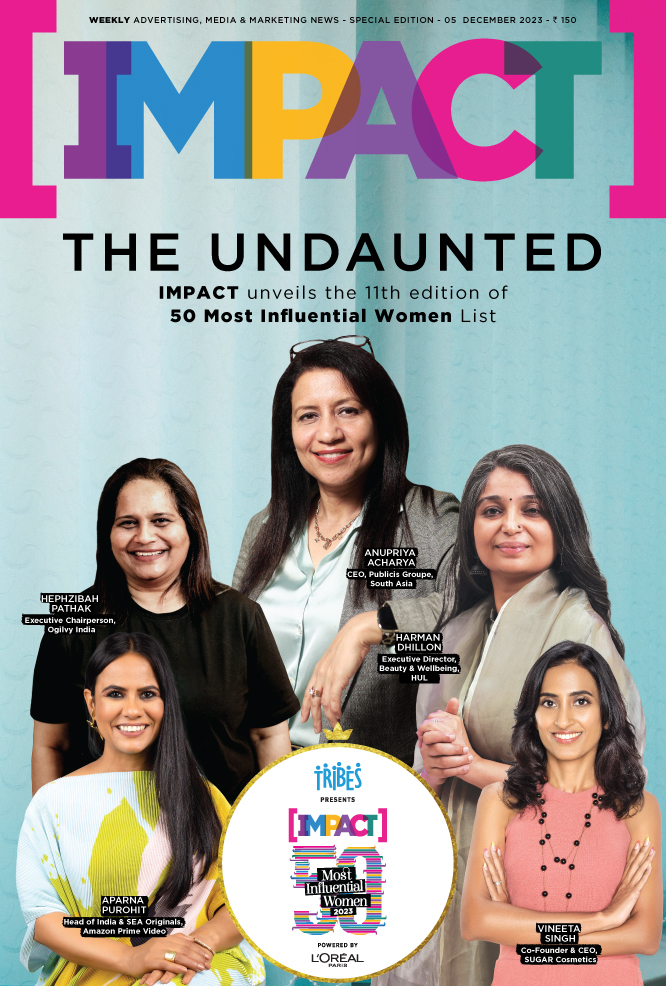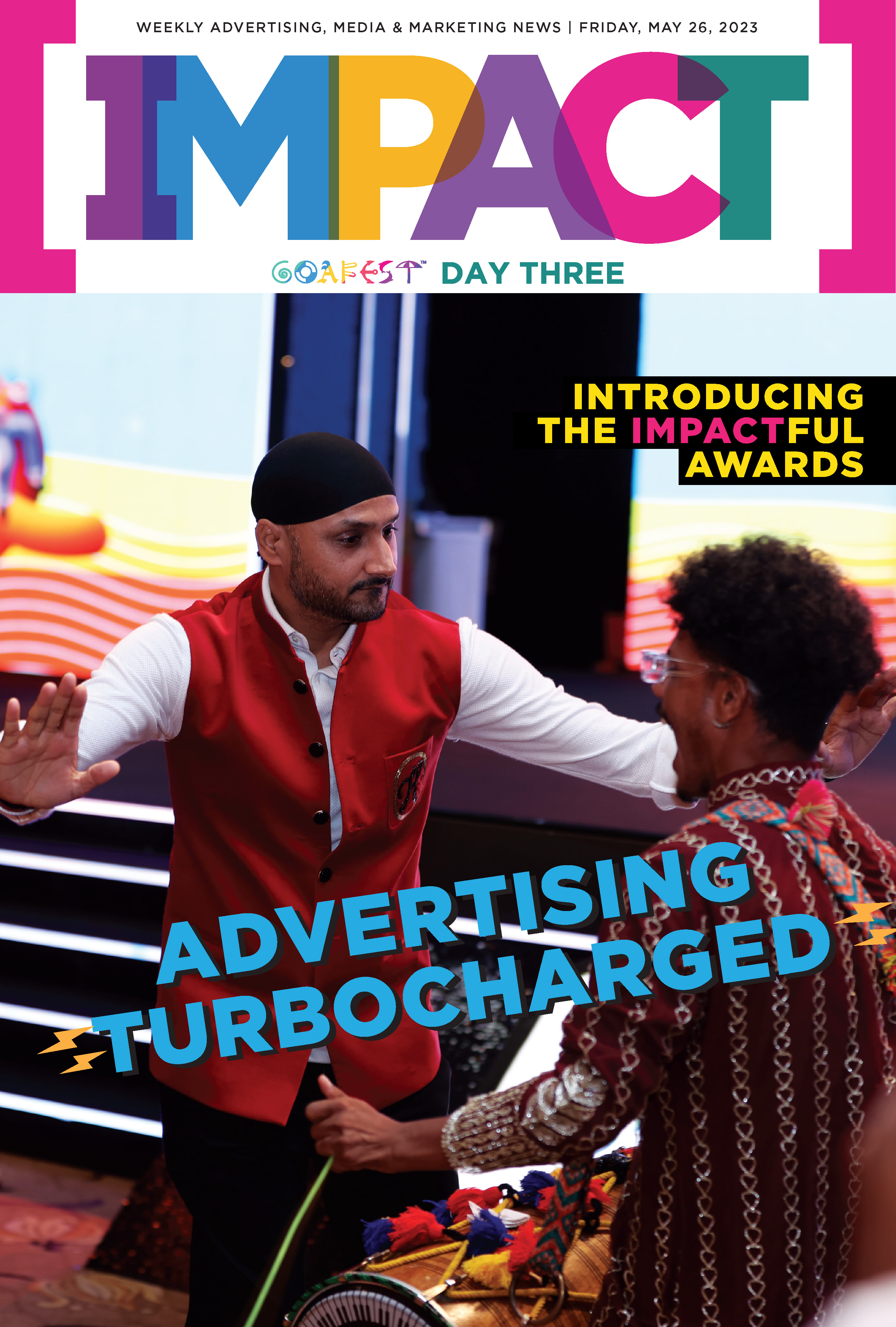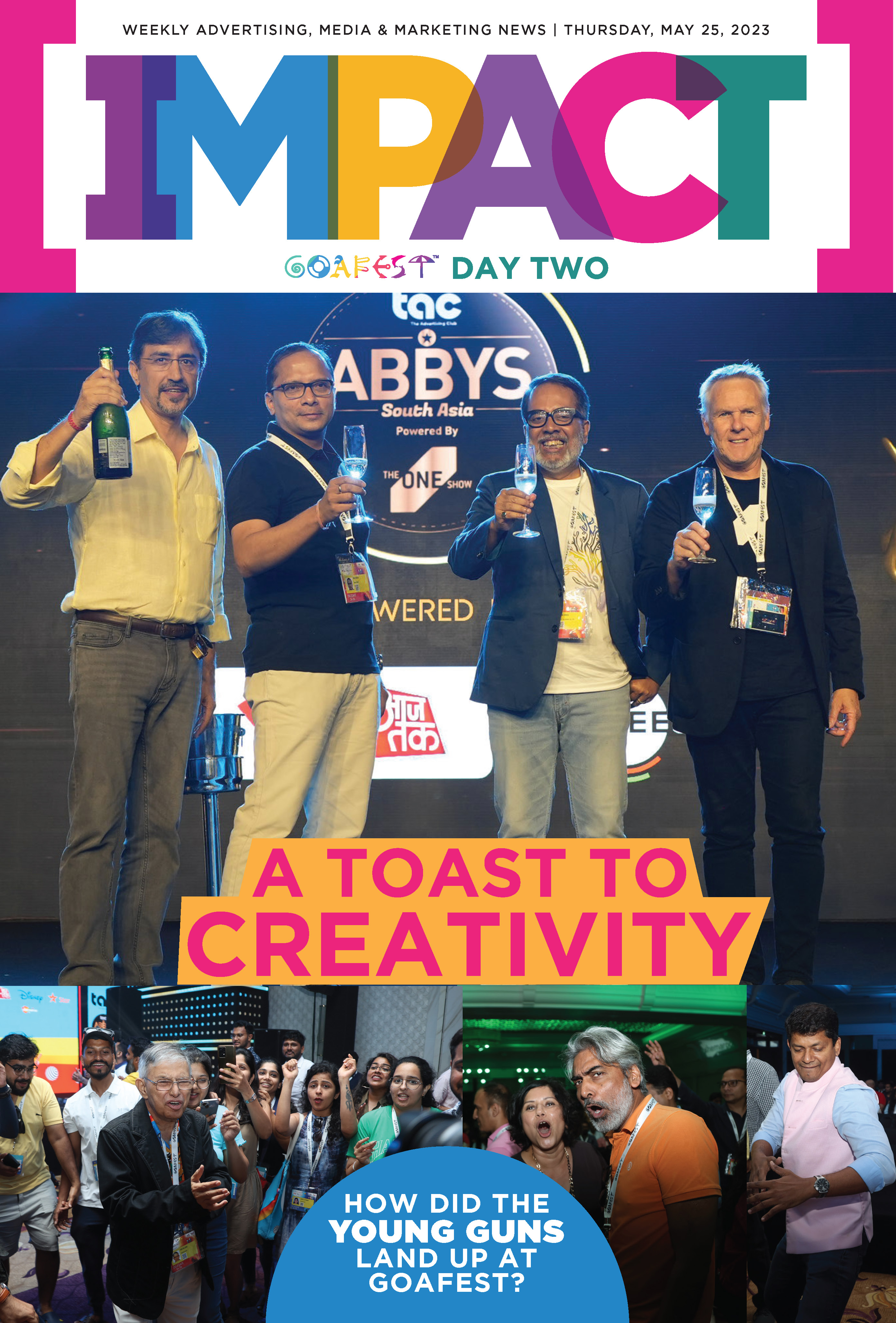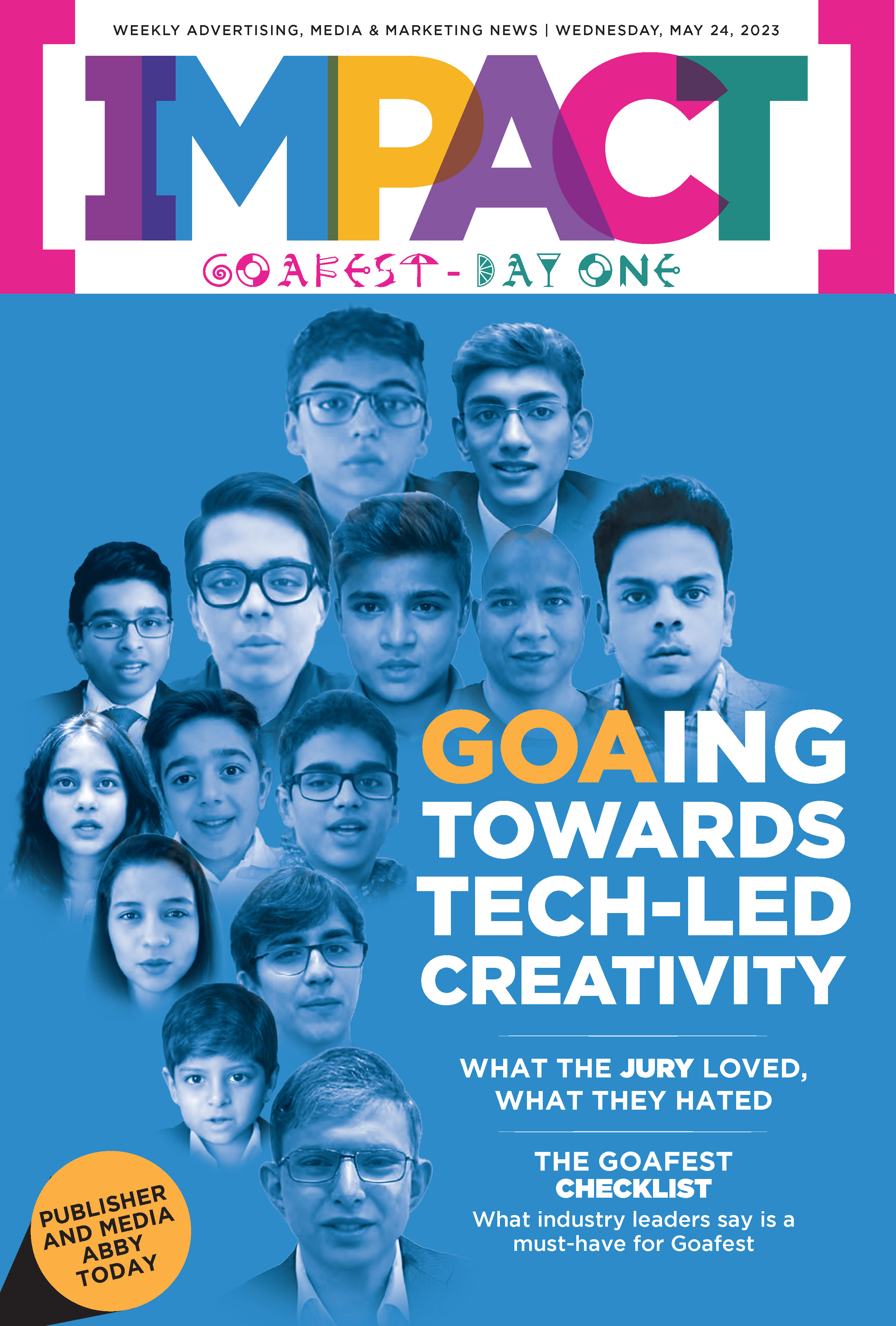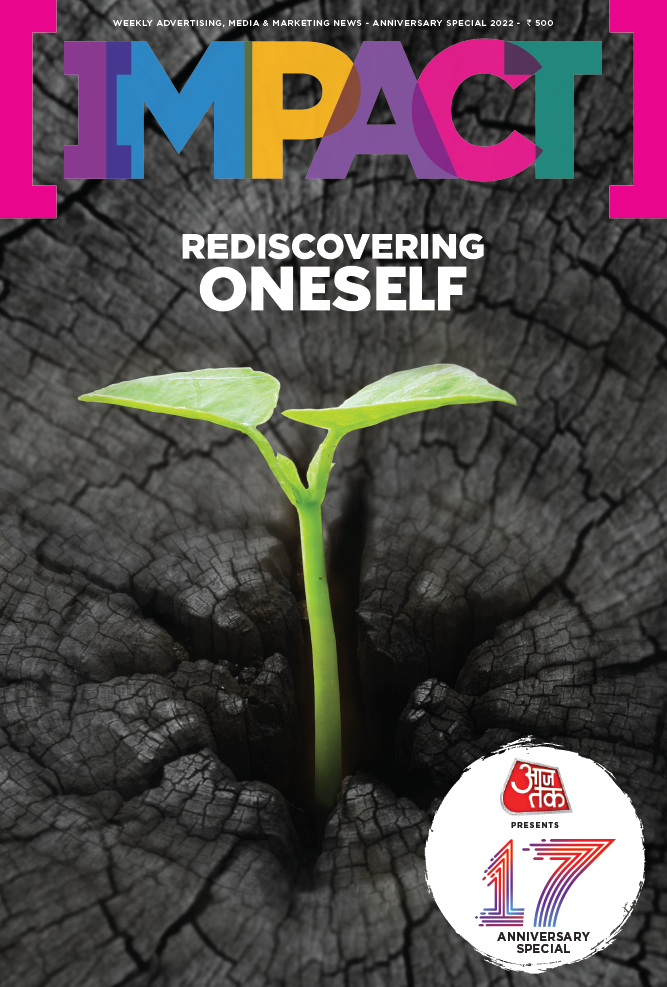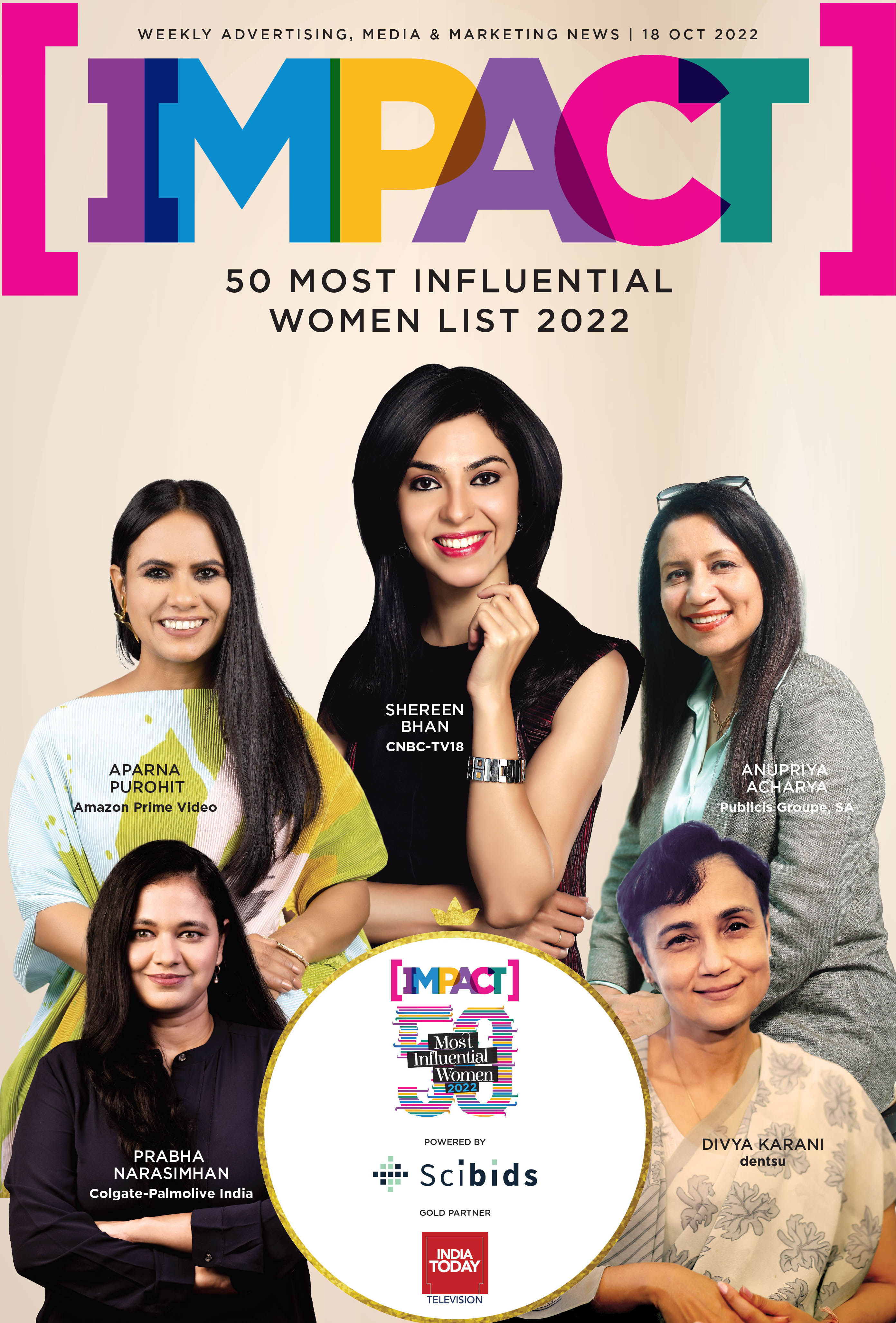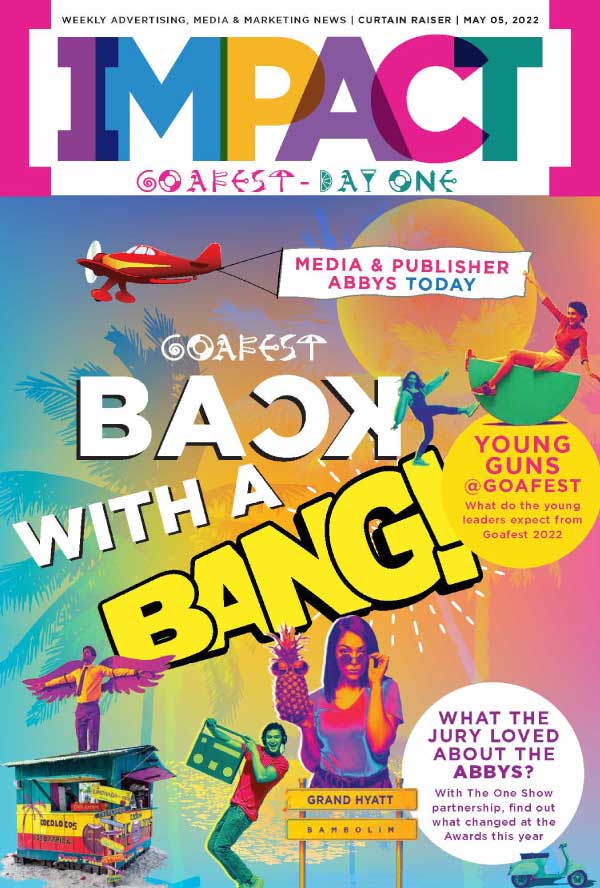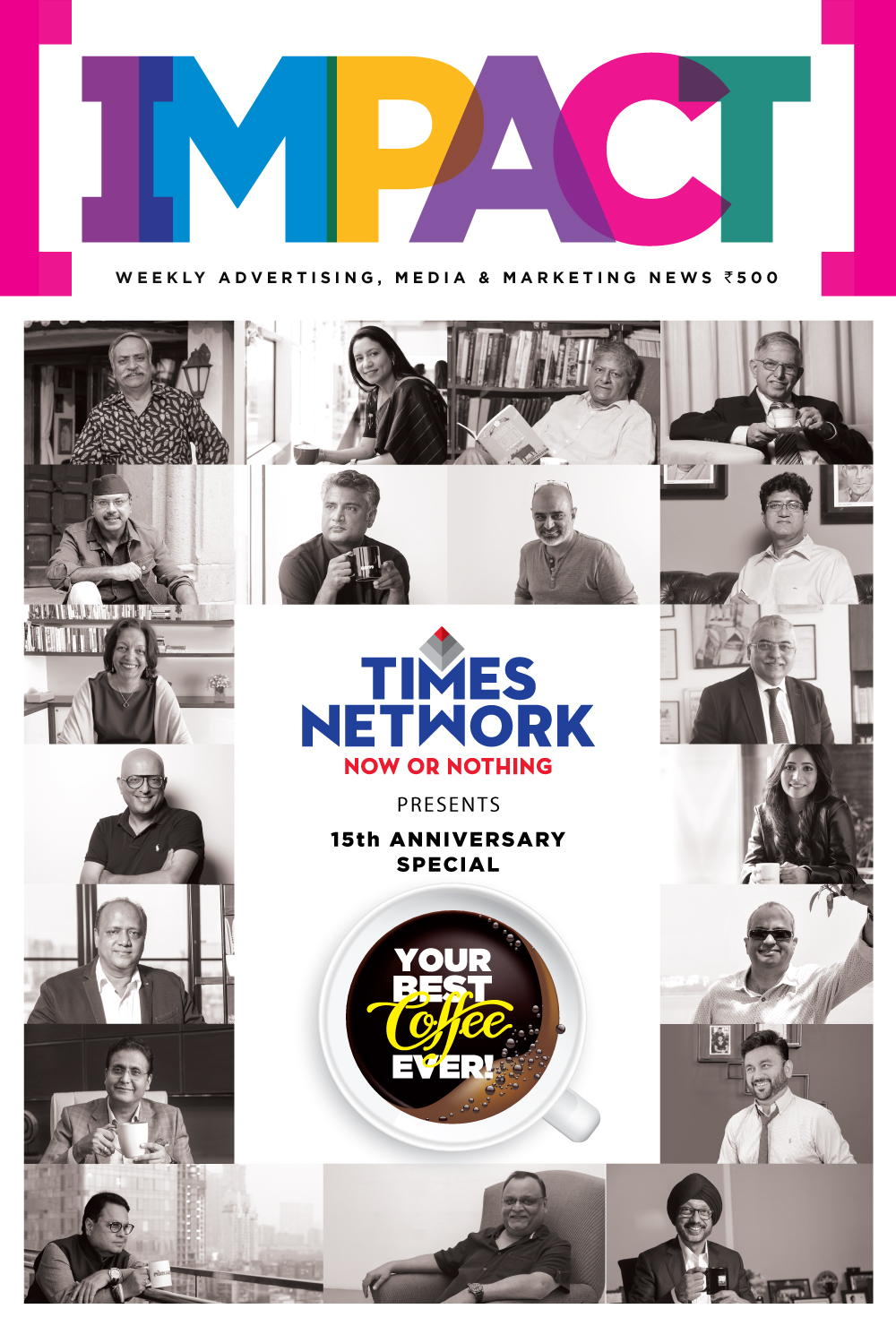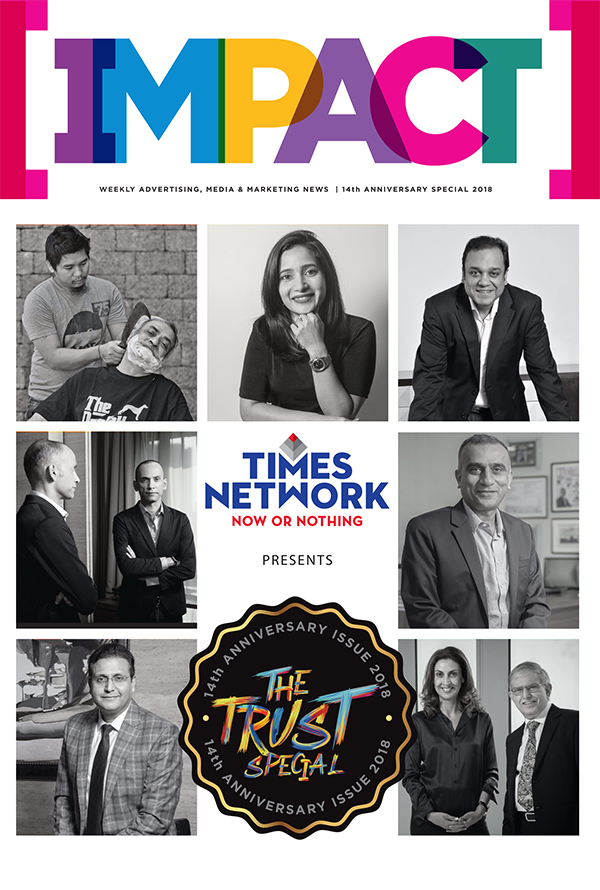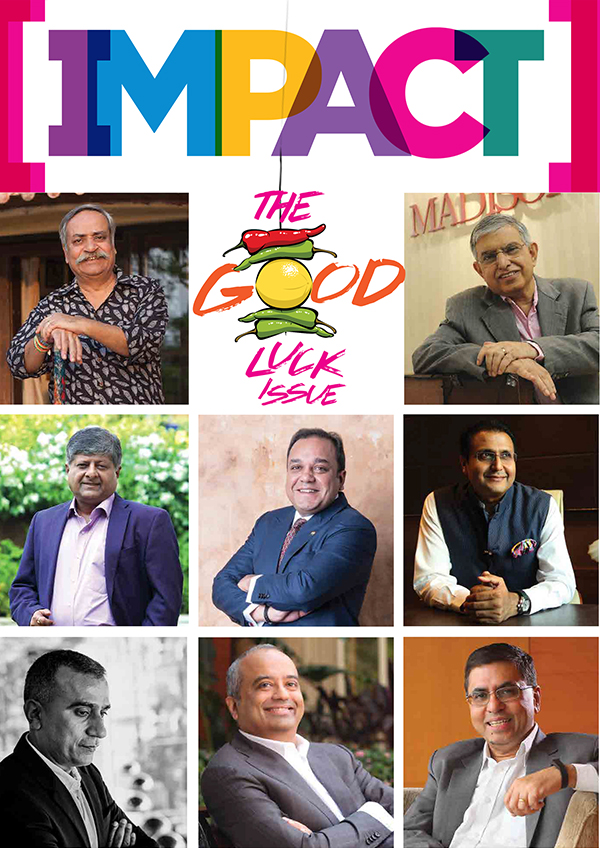Shubman Gill, India’s newly appointed Test captain, etched his name into the record books by scoring an unprecedented 430 runs in a single test match. But even as his batting dominated headlines, it was also his wardrobe choice on the sidelines that sparked a different kind of conversation.
On Day 4 of the second Test against England, Shubman Gill was seen wearing a black Nike vest when he declared India’s innings, a noticeable break from the official Adidas-sponsored Team India kit. The image quickly went viral on social media, drawing attention for more than just his outfit.
The curiosity stems from Adidas’s ongoing five-year deal with the Board of Control for Cricket in India (BCCI), which began in June 2023 and runs until March 2028. Valued between Rs 250 crore and Rs 300 crore, the agreement makes Adidas the official kit sponsor for all Indian cricket teams during this period.
In a high-stakes partnership like this, a player sporting a rival brand during official duties raises serious questions about sponsorship protocols and brand exclusivity, especially since Gill is a Nike brand ambassador.
This isn’t the first instance of a player being associated with a competing brand. When Adidas took over as Team India’s official kit sponsor in June 2023, Virat Kohli, who used to be the brand ambassador for Puma, continued to honour the terms of the team’s official apparel deal. Despite his endorsement, Kohli was never seen wearing Puma in on-field appearances.
The internet is now abuzz with what many are calling a marketing masterstroke by Nike, gaining massive visibility simply by being associated with Shubman Gill, without spending a rupee on sponsorship with the BCCI.
(Trivia: Nike had been Team India's official kit sponsor from 2006 to 2020)
In contrast, the situation places Adidas in a somewhat awkward position. Despite committing a premium sum to be the exclusive kit sponsor of Team India, the optics of a high-profile player publicly seen in a rival brand’s apparel during an official test match may not align with the brand's expectations from such a high-value partnership.
While Shubman Gill could potentially face legal scrutiny for breaching sponsorship norms, the larger question is how Adidas should respond.
Should the brand pursue a legal route to enforce its exclusive rights or take a more creative, brand-led approach that turns the moment into an opportunity?
Anup Sharma, a communications consultant, noted that incidents like these risk diluting Adidas’s brand visibility and undermining the value of its high-stakes sponsorship.
He explains that national team sponsorships are not only expensive but are strategically crafted for exclusive brand association. So when a top player like Gill is seen in Nike apparel, it disrupts that alignment and could be viewed as ambush marketing.
He drew a parallel with the 2018 Winter Olympics, KT Corporation was the official telecom sponsor. But SK Telecom, a rival company, ran a campaign called "See You in PyeongChang", even though they weren’t an official sponsor. It highlights how unauthorised branding can confuse audiences and weaken the legitimacy of official partnerships.
Sharma added that whether Adidas should respond publicly depends largely on the incident’s online traction. In today’s fast-moving media landscape, where memes and viral moments can quickly hijack brand narratives, strategic silence or subtle counter-messaging may prove more effective than open confrontation.
Lloyd Mathias, a business strategist and former marketing head at PepsiCo, HP, and Motorola, echoes a similar sentiment, emphasising that situations like these should be handled with sensitivity and discretion.
According to him, publicly confronting a celebrity often does more harm than good, as it can amplify the issue and attract unnecessary attention. Unless the incident escalates significantly, a quiet, behind-the-scenes resolution is usually the most effective and strategic approach for the brand.
Authenticity or Just Visibility?
This incident also opens up a bigger conversation: Is a celebrity’s role to reflect genuine brand love, or are they just glossy billboards in motion? We often see stars endorsing OPPO or Vivo, only for their tweets to betray the truth: ‘sent from iPhone’.
The story’s no different in the auto world, smiling in mass-market car ads by day, but gliding out of luxury SUVs by night. The gap between what’s sold and what’s lived is widening, leaving us wondering: are we buying into the brand, or just borrowing the spotlight?
Pops KV Sridhar, Global Chief Creative Officer, Nihilent Limited, believes endorsements work best when there’s synergy, where the brand elevates the celebrity, and the celebrity adds authenticity and relevance in return.
He further adds that a strong fit creates impact. Hyundai’s partnership with Shah Rukh Khan helped introduce an unfamiliar Korean brand to Indian consumers by leveraging his trust and familiarity. Similarly, Amitabh Bachchan endorsing Parker Pens worked because his refined, intellectual image matched the brand’s positioning.
“While contracts allow flexibility, public perception hinges on moral choices. For instance, Bachchan stepped away from endorsing Pepsi after concerns about promoting sugary drinks to children, strengthening his credibility and public respect,” he states.
Samit Sinha, founder of Alchemist Brand Consulting, adds that today’s consumers are well aware that most celebrity endorsements are transactional; they don’t expect stars to promote brands out of genuine personal preference. Yet, these partnerships still work because a celebrity’s aura lends aspirational value to the brand.
“But when a celebrity is openly seen using a competing product, especially in public, it shatters that illusion. While it may not qualify as outright betrayal, it does dilute the brand’s narrative and chips away at its perceived authenticity,” he highlights.
Sharma also pointed out that in today’s hyper-connected digital world, consumers hold celebrities personally accountable for the brands they endorse. One inconsistent moment is all it takes to undermine a multi-crore marketing campaign.
Mathias shared an example, “During my time at Motorola (2008–2011), we signed Abhishek Bachchan as a brand ambassador and ensured he genuinely used the Moto Razr, which was considered quite stylish then. I met him personally, and our team worked closely with him. He was often seen using the phone at airports and other public places, and people took notice. That kind of natural alignment goes beyond the commercials and brings real credibility to the brand.”
One of the reasons influencer marketing became a key part of brand strategy was the authenticity it once offered; creators genuinely used products before promoting them to their communities. But that space, too, has grown cluttered and transactional.
Sinha observes that influencer marketing originally emerged as an antidote to the perceived artificiality of celebrity endorsements. But as influencers gain fame and commercial clout, the same pitfalls are resurfacing: dwindling authenticity, overexposure, and a growing disconnect between what’s promoted and what’s used.
As the lines between visibility and authenticity continue to blur, it will be interesting to see how brands navigate long-term celebrity associations and whether they can still make them feel real or not.












